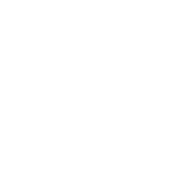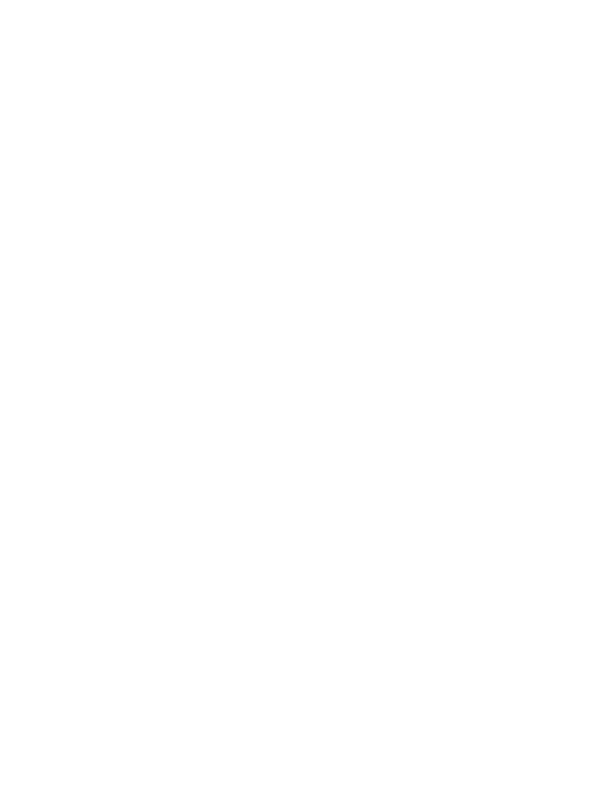 |
 |
 |

|
Figure 1. Dali: Le Desir Hyperrationnel by Daum, 1984
|
|
 |
CONTEMPORARY FRENCH STUDIO GLASS: PART 1
Introduction
Art glass has a long tradition in France with world famous glass factories such as Lalique, Baccarat and Daum involving artists and designers to produce unique pieces or small series. The glass factory Daum commissioned for instance designs by artists such as Dali (1904-1989) (Figure1), Dmitrienko (1925-1974) and Cesar (1921- 1998) or designers such as Starck (°1949) but also by glass artists as Dan Dailey (°1947) to be executed in pâte-de-verre in limited editions.
From the 1980’s, foreign studio glass artists, including Yan Zoritchak (°1944) from Czechoslovakia, Czeslaw Zuber (°1948) from Poland and Matei Negreanu (°1941) from Romania, migrated to France and did give an impulse to the French glass art scene.
The second and third generation of glass artists, many of the latter ones graduates of the Centre Européen de Recherches et de Formation aux Arts Verriers (CERFAV), continue to put French studio glass on the map.
|

|
Posted 7 September 2014
|
Share this:
|
|
From the 1950’s to the 1990’s
Glass vases and flacons were always a very visible aspect of contemporary French glass. From the 1950’s, a group of artists situated in the south of France around the city of Biot produced blown pieces, each with their own characteristic signature.
Eloi Monod (1918-2007) founded “La Verrerie de Biot”. His son Claude (1944-1990) (Figure 2) and his wife Isabelle Monod (° 1945) started to produce vases with a high artistic quality in a new studio, “l’atelier du Touron” , Dieulefit in 1976 .
|
|
|
|
|
|
|

Figure 2. Claude Monod. Multicolored vase, 1980
|
|
|
|
|
|
|
Alain (°1945) and Marisa (°1948) Bégou learned their profession at “La Verrerie de Biot”, and started their own studio in Villetelle (Hérault) in 1979. Their work evolved to their typical style with flattened vases in which inlay coloring and abstract figuration, that is the basis of their work since 1994 (Figure 5).
Claude Morin (°1932) and his wife Florence Seydoux started a glass studio in 1970 in Biot. They firstly produced utility glass objects but evolved to a more artistic line of work with colorful scent bottles. Their son, Nicolas Morin, graduated from the Unité Pédagogique d'Architecture de Marseille, Marseilles, France in 1984 and worked with William Morris and Dale Chihuly. His work is 3-dimensional and is inspired by daily life with the production of glass objects referring to realistic objects like cars (Figure 6).
|
|
|
|
Other glass artists that were producing vases and flacons were Régis (°1948) and Gisèle (°1951) Fievet and Jean Luc Garcin (°1954), whose work is characterized by a colorful pallet with large accents and a mat appearance of his vases by sandblasting (Figure 7).
Another artist living and working at Biot was Jean-Paul van Lith (°1940). He was trained as a ceramist and painter and started to work with glass in the late 1970’s, integrating different materials in 3-dimensional objects.
Jean-Pierre Umbdenstock (°1950-2011) started to work in the late 1970’s as glass artists and specialized in specific layers of email that covered his works, which was mainly based on anthropomorphic figures.
In the 1980’s, the brothers Étienne (°1952-2014) and Antoine Leperlier (°1953), grandsons of the glass artist François Décorchemont (° 1880-1971) started to experiment with the technique of pâte-de-verre. At first, they produced decorative vessels in this material with different colors and surfaces but by the midst of the 1980’s, they started to construct 3-dimensional objects, each with their own characteristic signature.
Another artist, Raymond Martinez (°1945), who founded the short-lived glass cooperation RIM with Ingrid Maillot (°1956) and Michel Mouriot, started to use cast glass to produce his 3-dimenisional sculptures, referring to ancient history and archeological architecture in transparent colored glass since the 1980’s.
Bernard Dejonghe (°1942), first working as a ceramist, started to use glass in the early 1990’s, to produce his monumental casts objects, which became the characteristic trait in his work.
In 1986, the Centre International de Recherche sur le Verre et les Arts plastique (CIRVA) started in Marseille as a research studio to integrate glass in the work of artists, designers and architects. They were invited to work on-site and were technically supported by glass experts. Since then, around 200 artists worked at the CIRVA to produce works in glass.
References
Dan Klein. Glass, a comtemporary art. William Collins Sons & Co Ltd. London 1989. 176-183.
|
|
|
|
|
|
|